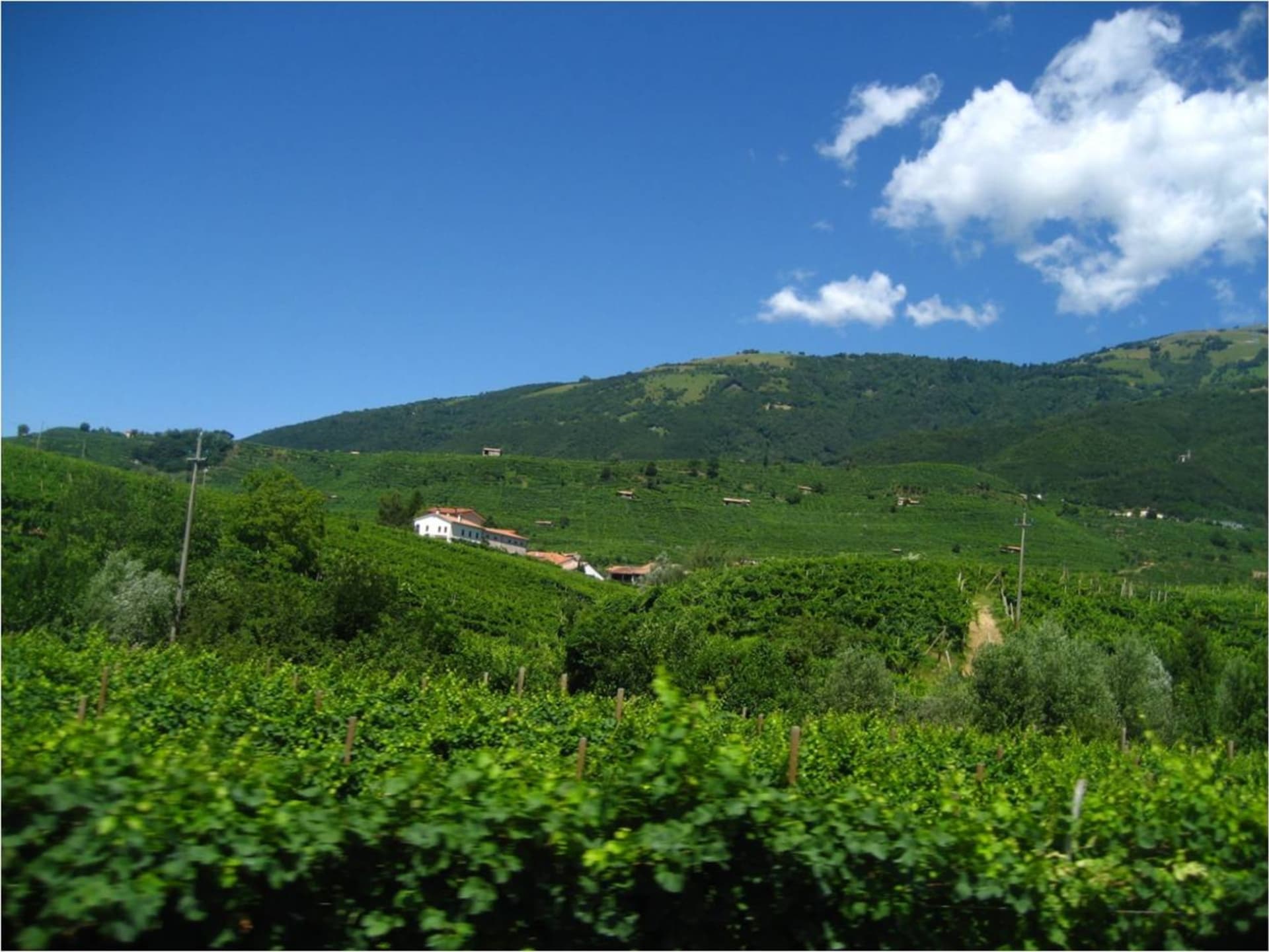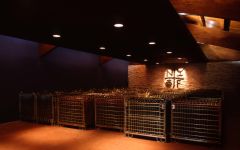Nino Franco Faive Rose Brut 2016



Product Details
Your Rating
Somm Note
Winemaker Notes
Rose petal-like pink in color, this wine offers aromas of small red fruits, as well as mineral and floral notes. On the palate, it is pleasurably fresh -- dry with soft tannins and persistent bubbles.
Pairs well with mortadella, meat and mushroom dishes, fish or vegetable soups, lasagna, and the typical Italian dish vitello tonnato.
Other Vintages
2017-
James
Suckling










“Cantine Franco” was founded in Valdobbiadene in 1919 by Antonio Franco, who set out right from the start to make a quality product. One of the oldest wineries in Valdobbiadene, Nino Franco is located in the center of town and close to the countryside. It is surrounded by vineyards of extraordinary beauty, with a special terroir ripe for producing high-quality wines.
The area lies in Veneto, in the hilly strip of the Province of Treviso, that lies between the small towns of Valdobbiadene and Conegliano. Throughout its extraordinary history, the Conegliano and Valdobbiadene areas have made Prosecco into an extraordinary success story, creating over the course of time a modern, informal and vivacious Italian-Style sparkling wine that is appreciated and enjoyed all over the world; it gained DOCG recognition in 2009, and represents the top of the quality pyramid for Prosecco.
Valdobbiadene is located in the heart of the Prosecco DOCG production zone at the foot of the Prealps, a mountain range in the south-eastern part of the Alps. This region in the north-eastern part of Italy is most famous for the prized Prosecco vine and wine production because it has the greater concentration of high hillside vineyards. Vines are grown only on the sunniest parts of the hills, at altitudes varying between 50 and 500 meters above sea level, while the north-facing slopes are covered mainly in woodland. The climate throughout the area is mild, with not excessively cold winters with warm summers. The Nino Franco Prosecco produced in the Valdobbiadene area represents a synthesis of history and “naturally” superior quality.
Thanks to a careful and wise management, the Nino Franco estate has been growing and evolving throughout four generations of producers. Antonio founded it, Nino expanded it and Primo improved the company performance. When Primo took over its management in 1982, it was a turning point for the estate. He became a pioneer of Prosecco, successfully introducing a different sparkling wine than Champagne to International markets. He has been successful thanks to his open-minded personality, his spontaneity, reliability and competence as well as his charm and ability to communicate his love for his work, and his passion to produce the highest quality sparkling wines. Today the winery is still family-owned by Primo and his wife Annalisa, and their daughter Silvia is the next generation responsible for future growth of the estate.

What are the different types of sparkling rosé wine?
Rosé sparkling wines like Champagne, Prosecco, Cava, and others make a fun and festive alternative to regular bubbles—but don’t snub these as not as important as their clear counterparts. Rosé Champagnes (i.e., those coming from the Champagne region of France) are made in the same basic way as regular Champagne, from the same grapes and the same region. Most other regions where sparkling wine is produced, and where red grape varieties also grow, also make a rosé version.
How is sparkling rosé wine made?
There are two main methods to make rosé sparkling wine. Typically, either white wine is blended with red wine to make a rosé base wine, or only red grapes are used but spend a short period of time on their skins (maceration) to make rosé colored juice before pressing and fermentation. In either case the base wine goes through a second fermentation (the one that makes the bubbles) through any of the various sparkling wine making methods.
What gives rosé Champagne and sparkling wine their color and bubbles?
The bubbles in sparkling wine are formed when the base wine undergoes a secondary fermentation, which traps carbon dioxide inside the bottle or fermentation vessel. During this stage, the yeast cells can absorb some of the wine’s color but for the most part, the pink hue remains.
How do you serve rosé sparkling wine?
Treat rosé sparkling wine as you would treat any Champagne, Prosecco, Cava, and other sparkling wine of comparable quality. For storing in any long-term sense, these should be kept at cellar temperature, about 55F. For serving, cool to about 40F to 50F. As for drinking, the best glasses have a stem and a flute or tulip shape to allow the bead (bubbles) and beautiful rosé hue to show.
How long do rosé Champagne and sparkling wine last?
Most rosé versions of Prosecco, Champagne, Cava or others around the “$20 and under” price point are intended for early consumption. Those made using the traditional method with extended cellar time before release (e.g., Champagne or Crémant) can typically improve with age. If you are unsure, definitely consult a wine professional for guidance.

Producing every style of wine and with great success, the Veneto is one of the most multi-faceted wine regions of Italy.
Veneto's appellation called Valpolicella (meaning “valley of cellars” in Italian) is a series of north to south valleys and is the source of the region’s best red wine with the same name. Valpolicella—the wine—is juicy, spicy, tart and packed full of red cherry flavors. Corvina makes up the backbone of the blend with Rondinella, Molinara, Croatina and others playing supporting roles. Amarone, a dry red, and Recioto, a sweet wine, follow the same blending patterns but are made from grapes left to dry for a few months before pressing. The drying process results in intense, full-bodied, heady and often, quite cerebral wines.
Soave, based on the indigenous Garganega grape, is the famous white here—made ultra popular in the 1970s at a time when quantity was more important than quality. Today one can find great values on whites from Soave, making it a perfect choice as an everyday sipper! But the more recent local, increased focus on low yields and high quality winemaking in the original Soave zone, now called Soave Classico, gives the real gems of the area. A fine Soave Classico will exhibit a round palate full of flavors such as ripe pear, yellow peach, melon or orange zest and have smoky and floral aromas and a sapid, fresh, mineral-driven finish.
Much of Italy’s Pinot grigio hails from the Veneto, where the crisp and refreshing style is easy to maintain; the ultra-popular sparkling wine, Prosecco, comes from here as well.
